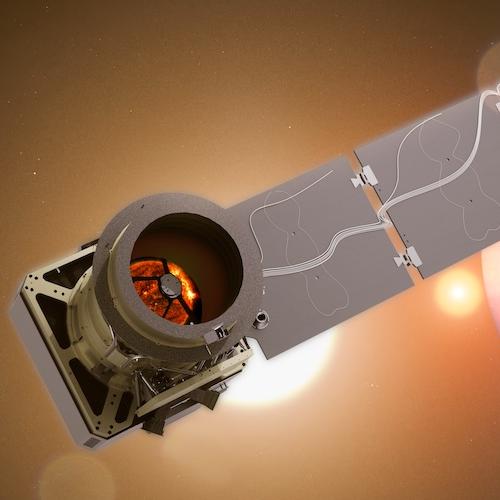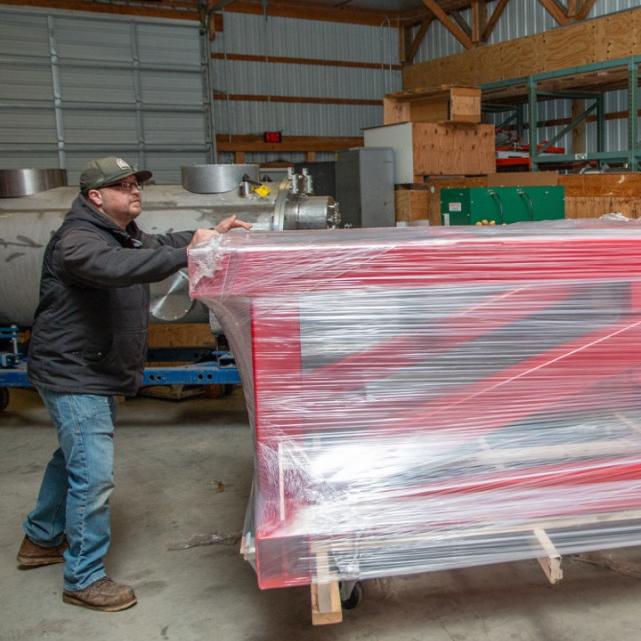This is an episode from the “What Makes Us Human?” podcast's fourth season, "What Does Water Mean for Us Humans?" from Cornell University’s College of Arts & Sciences, showcasing the newest thinking from across the disciplines about the relationship between humans and love. Featuring audio essays written and recorded by Cornell faculty, the series releases a new episode each Tuesday through the spring semester.
The singer Joni Mitchell called us humans “billion year old carbon.” Carbon and water are each essential to all life on this planet. But how did carbon make its way from interstellar space onto the early Earth? And where did water come from?
The Earth and other planets formed 4.56 billion years ago from a disk spun out of a collapsing clump of gas and dust, part of a network of molecular clouds that span our galaxy. We have good evidence that the inner part of the disk where the Earth formed was quite hot, too hot for water to condense. Primitive meteorites that formed in the very inner part of the asteroid belt, just beyond the orbit of Mars, are very dry. Our water, and presumably therefore carbon as well, must have come from the more distant and hence colder regions of the disk. Did they come from water-rich asteroids, or the even colder comets? Did they come together, from the same types of objects…or from different sources?
Comets are often thought of as having their origin way beyond the orbits of the planets, and it’s true that this is where most of them orbit today. But scientists don’t think they could have formed way out there—the disk would have been too tenuous to supply material for billions of comets. And so the conventional idea is that they were born in the realm of the giant planets, and then tossed outward as Jupiter, Saturn, Uranus and Neptune grew. They were cold enough to have abundant water ice and carbon-bearing organic molecules, and there were enough of them that some could have scattered inward to the Earth and seeded our world with ice, carbon, and other ingredients needed for life.
How can we test this tale? Chemical composition is not very informative because elements shuffle around between molecules in the various stages of planet formation. But the ratios of the isotopes within a given element can be preserved. Measuring the ratios of oxygen isotopes, or carbon isotopes, in comets, asteroids and the earth’s oceans can provide clues to the origin of life on Earth.
The European Rosetta mission loitered around the comet 67P Churyumov–Gerasimenko from 2014 to 2016 as the comet approached, and then receded from, the Sun. It sniffed organics, water and other molecules as they vaporized from the comet’s heated surface. A small lander detected some more molecules before falling into a deep crevasse.
But this wasn’t conclusive. To determine whether comets really brought water and carbon to Earth we need to bring a sample back that can be studied with the exquisitely sensitive techniques possible only in terrestrial laboratories, both from comets and from asteroids which might also be a source of Earth’s water. The Japanese Hyabusa-2 mission is doing just that now at the asteroid Ryugu, and the OSIRIS-REX mission is orbiting around the asteroid Bennu preparing to bring back a sample. Farther in the future, the proposed CAESAR mission could do just this for a comet. In the coming decades, if all goes well, Earthly laboratories will be analyzing cosmic ice, dust, and gases that have been lingering in the outer solar system since before the Sun began, to tell us from whence we came.






